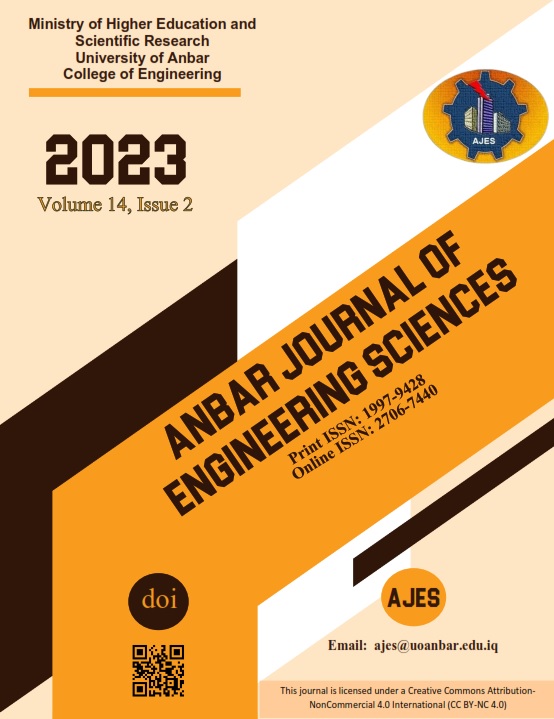Abstract
The Cross-Rolling (CR) process is a severe plastic deformation technique that was used to roll aluminum alloy 6061. However, this process is accompanied by many disadvantages, such as spring back due to elastic recovery. This research aims to investigate the effect of cross-rolling on the spring back phenomenon by examining the main parameters that affect the forming process. Two different routes of cross-rolling were used: the first route, called two-step cross-rolling (TSCR), and the second, multi-step cross-rolling (MSCR), were employed to achieve high deformation and superior mechanical properties. The samples were bent using the V-bending process at three different speeds (5, 10, and 15 mm/min). The results showed that the rolling route and the change in cutting direction led to increased plastic deformation, thus increasing the spring-back factor. The type of route and cutting direction significantly impacted both the maximum load and the springback results.
